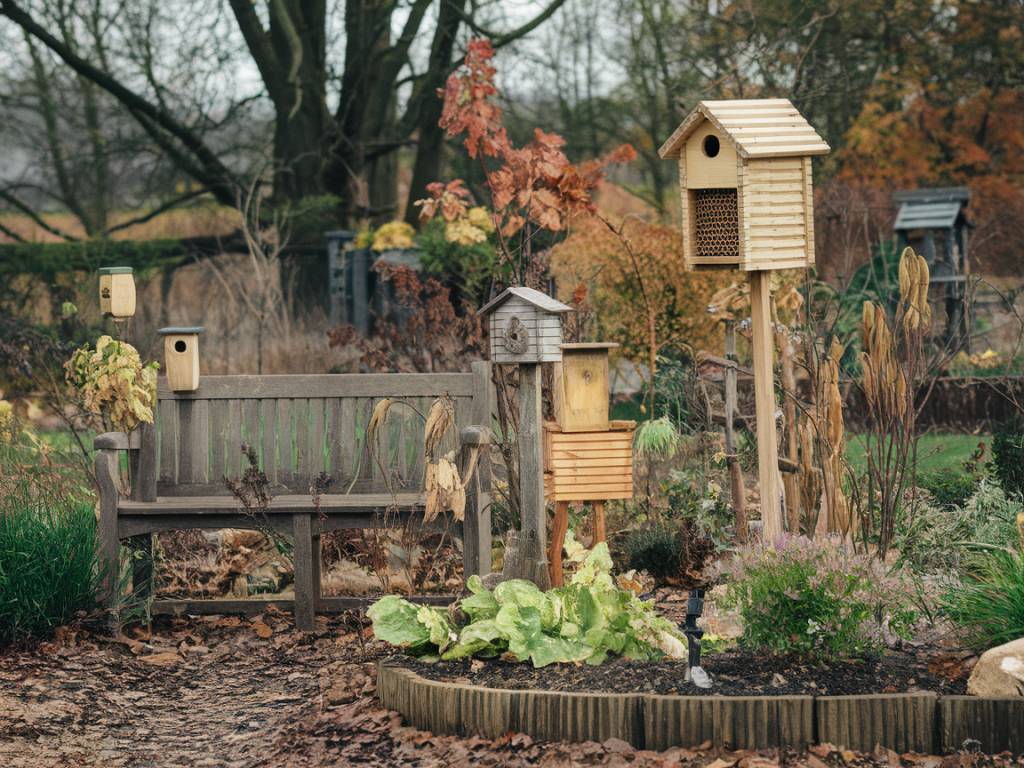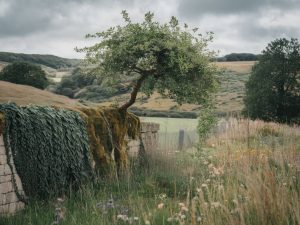
Why Create a Wildlife-Friendly Garden?
There’s something deeply rewarding about stepping into your garden and hearing birdsong, spotting a busy bee pollinating your flowers, or catching a glimpse of a hedgehog rustling through the leaves. A wildlife-friendly garden isn’t just great for the environment – it’s also a haven of life and calm for you. Plus, let’s face it – who doesn’t want their garden to feel like a scene out of a nature documentary?
Creating a space that supports local wildlife is easier than you might think. Whether you have a sprawling backyard or a small urban space, you can make meaningful changes that attract birds, bees, butterflies, and other critters. Let’s explore how.
Offer Food and Water
Any good host provides food and drink, and the same principle applies to wildlife. By adding sources of nourishment and hydration, your garden can become a popular hangout for nature’s furry and feathered visitors.
- Bird Feeders: Install a variety of bird feeders, offering seeds, nuts, and suet to attract different species. Remember to clean them regularly to prevent the spread of disease.
- Nectar-Rich Plants: Bees and butterflies will love flowers like lavender, foxglove, and honeysuckle. Choose native species, as these are better suited to local wildlife.
- Water Sources: A shallow dish of water, a birdbath, or even a small pond can make a world of difference. Add some stones or a sloping edge for smaller creatures to access safely.
Go Wild with Planting
A perfectly groomed lawn might look pristine, but it’s not exactly welcoming to wildlife. Instead, embrace a bit of wildness and diversity in your planting to create a habitat where animals can thrive.
- Hedges Over Fences: Replace harsh wooden or metal fencing with native hedging. Hawthorn, blackthorn, or holly can provide shelter and food for birds, insects, and small mammals.
- Wildflower Patches: Dedicate a portion of your garden to wildflowers. They’re easy to maintain, look stunning, and provide a rich source of nectar.
- Layering Plants: Include a mix of trees, shrubs, and ground plants to offer layers of habitat – ideal for different wildlife species.
Create Shelter and Hiding Spots
Wild animals need places to rest, take refuge from predators, and raise their young. By adding a few simple features to your garden, you can give them the sanctuary they need.
- Log Piles: A stack of logs can become a luxury hotel for insects, amphibians, and even hedgehogs.
- Bug Hotels: Purchase or build your own insect hotel to house solitary bees, beetles, and other beneficial bugs.
- Nest Boxes: Install birdhouses or bat boxes in quiet corners of your garden. Make sure they’re placed at the correct height and orientation for the intended species.
- Compost Piles: These not only reduce waste but also serve as a warm, nutrient-rich spot for insects and small creatures.
Reduce Chemicals in Your Garden
Chemical pesticides and fertilizers might make your lawn look flawless, but they’re harmful to wildlife. The good news? There are plenty of eco-friendly alternatives.
- Companion Planting: Use companion plants to naturally repel pests. For example, marigolds can help deter aphids.
- Natural Fertilizers: Compost, manure, and organic fertilizers enrich your soil without the damage synthetic options can cause.
- Encourage Predators: Welcome natural pest controllers like ladybugs and birds by providing suitable habitats.
Light Considerately
Outdoor lighting can look lovely, but it can also confuse nocturnal animals and disrupt their natural rhythms. In fact, too much artificial light might even keep them away.
- Motion Sensors: Use motion-activated lights instead of constant illumination to strike a balance between security and wildlife-friendliness.
- Warm, Low-Intensity Lighting: Opt for warm-toned lights that are less harsh on animals’ eyes.
- Turn Off Lights When Not Needed: A simple step that saves energy and offers animals the darkness they need.
Encourage Community Involvement
The impact of your wildlife-friendly garden can grow exponentially if your neighbours join in. Imagine an entire street or block filled with spaces that support local biodiversity!
- Share Plants and Seeds: Swap native plants or wildflower seeds with your neighbours to spread the benefits.
- Participate in Citizen Science: Log your garden’s wildlife sightings into databases like RSPB’s Big Garden Birdwatch or other similar programs.
- Host Nature Events: Organize wildlife talks or gardening workshops in your community to inspire others.
Enjoy the Rewards
Once you’ve taken steps to welcome wildlife into your garden, take the time to enjoy the results. Watch butterflies float lazily among the flowers, listen to the gentle hum of bees, and marvel at the birds darting to and fro. Your garden will not only look more alive, but it will also feel richer in purpose and connection.
By making your garden a little wilder, you’re not just helping local wildlife – you’re also creating a serene retreat for yourself. After all, who wouldn’t want to be surrounded by the beauty and magic of the natural world, right from their own home?


